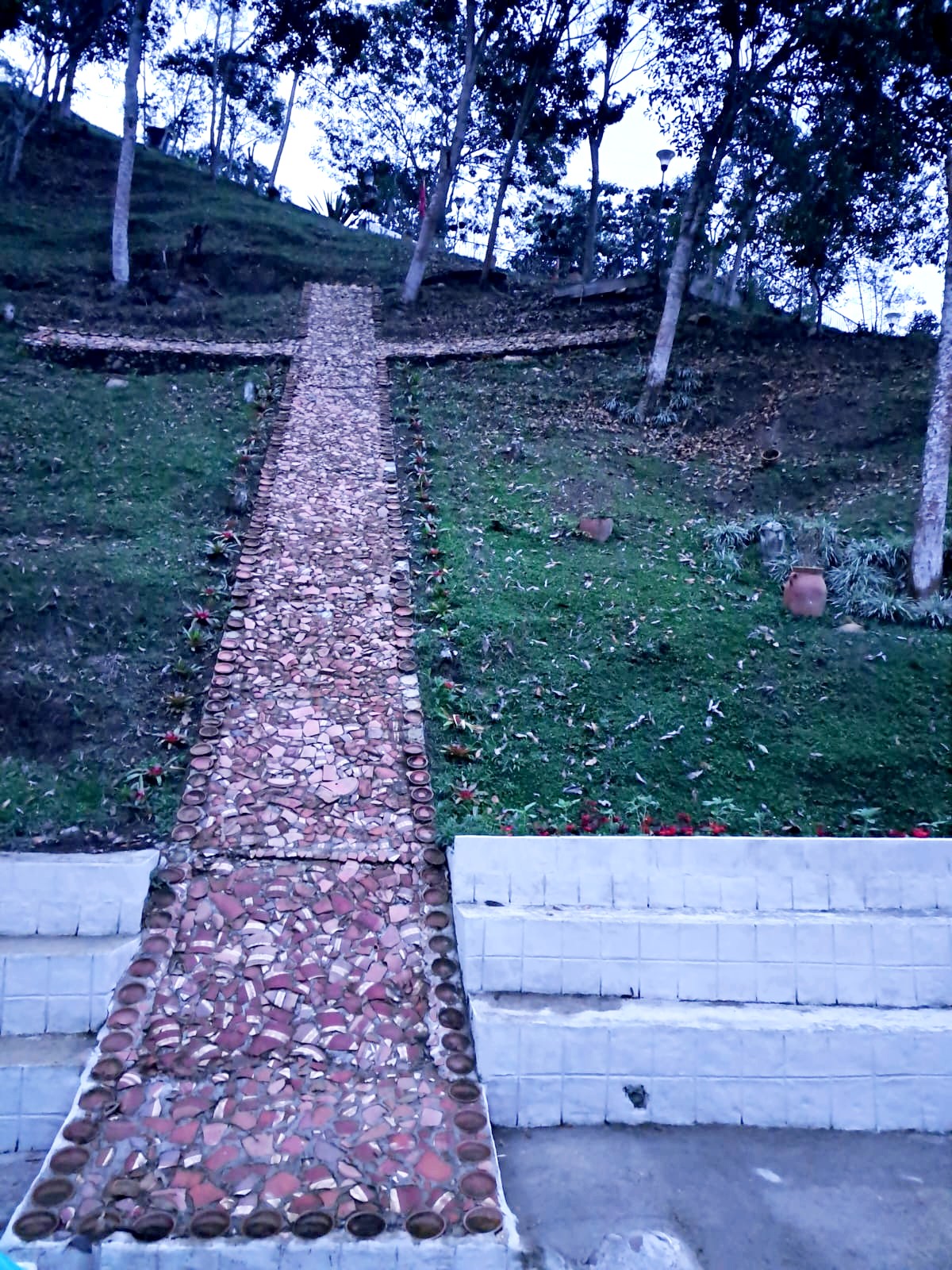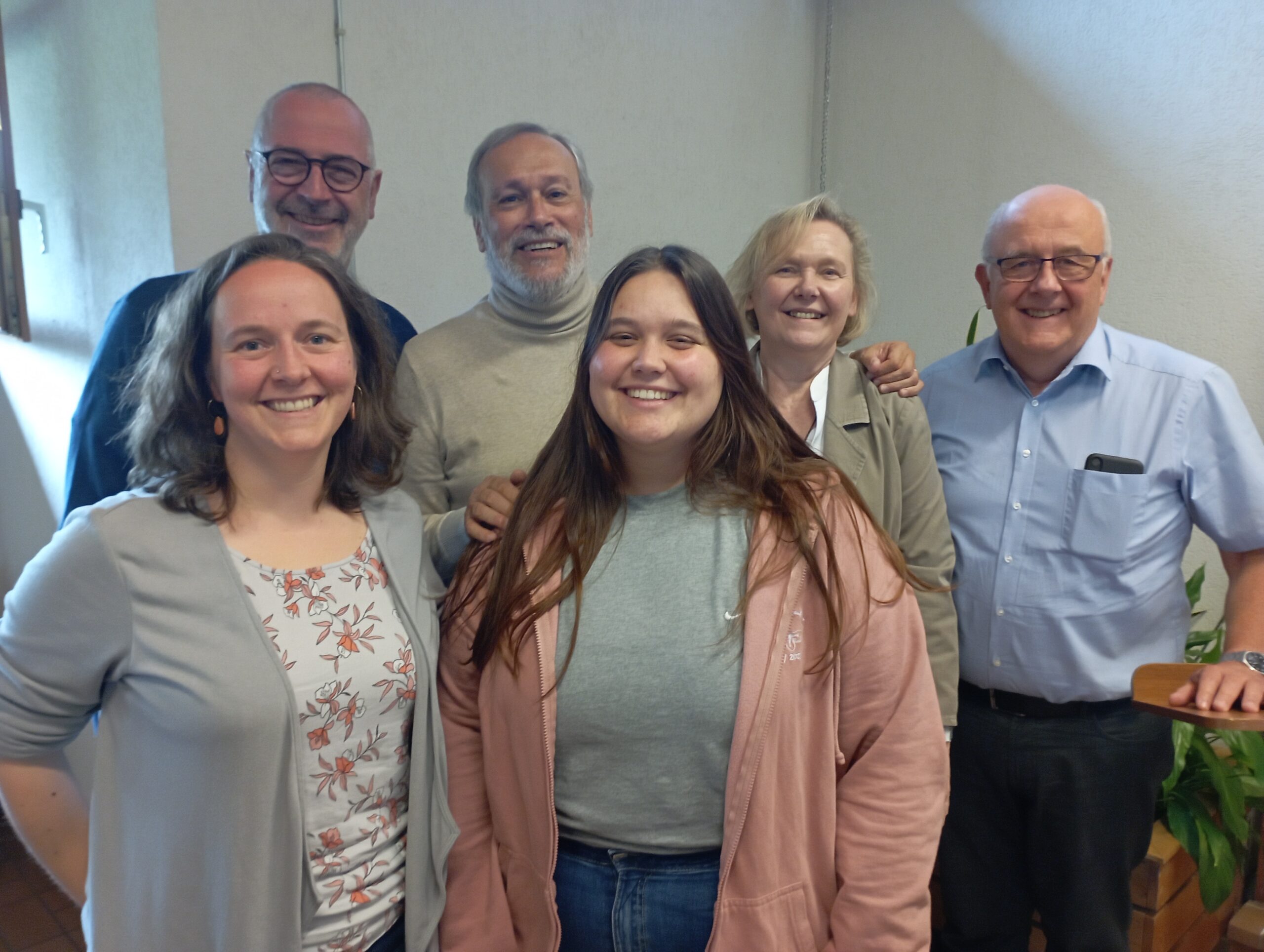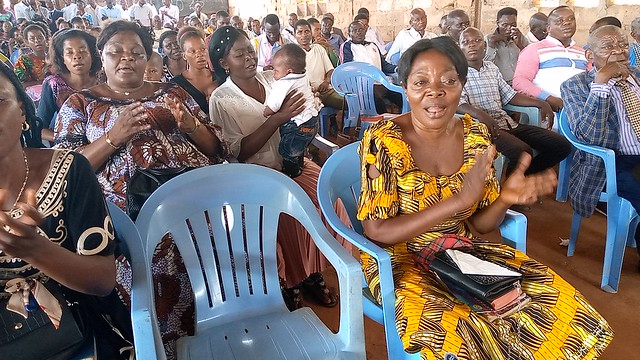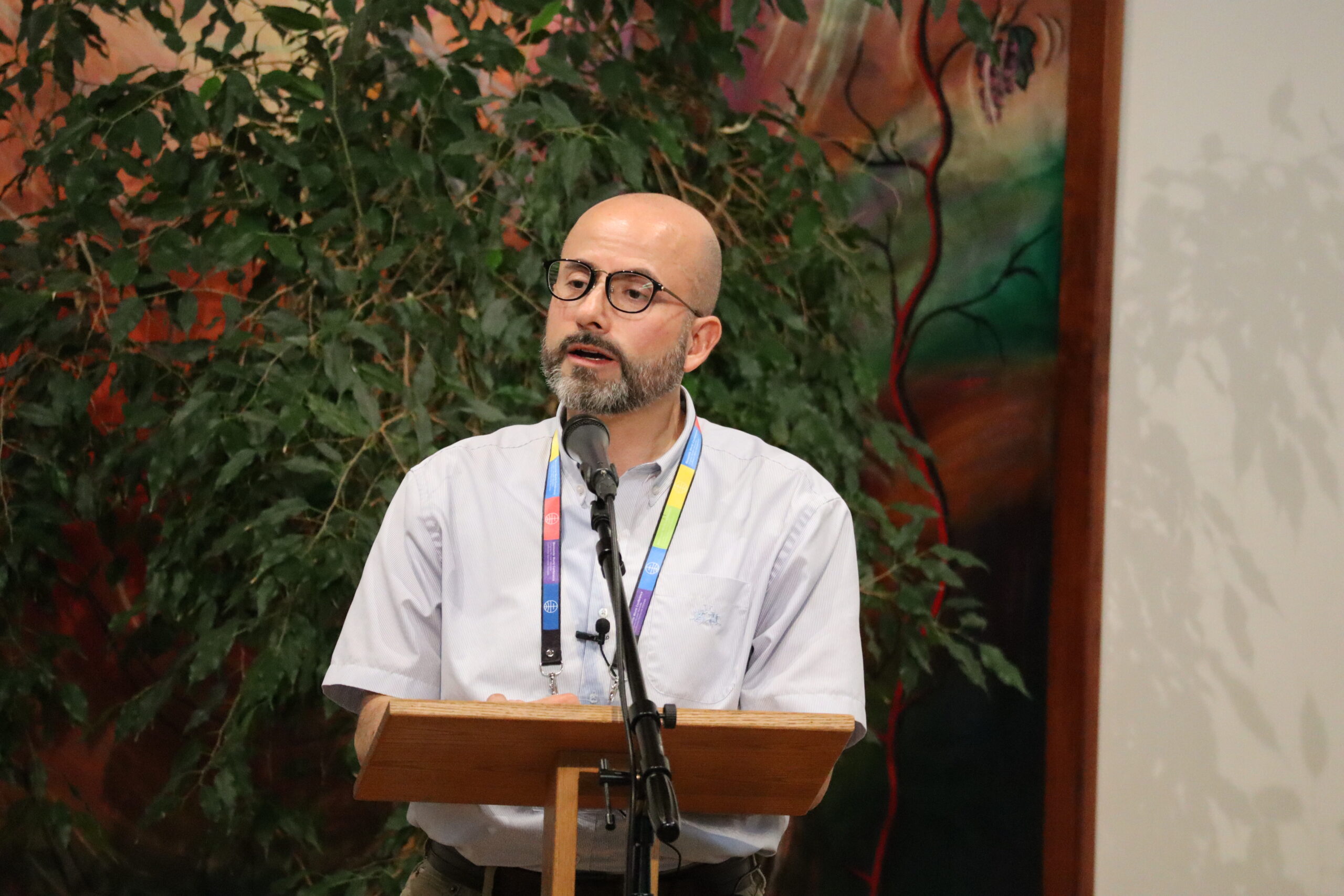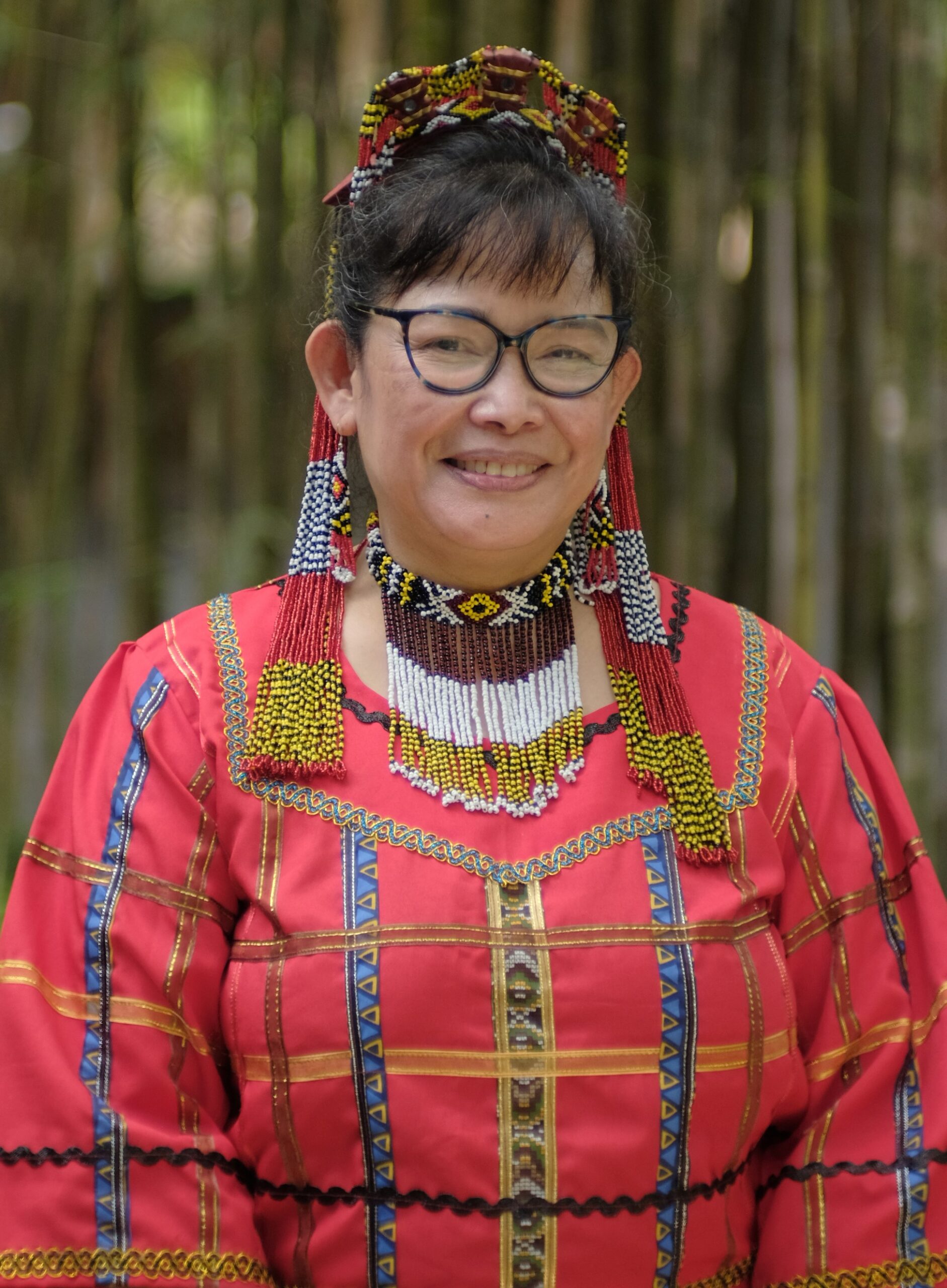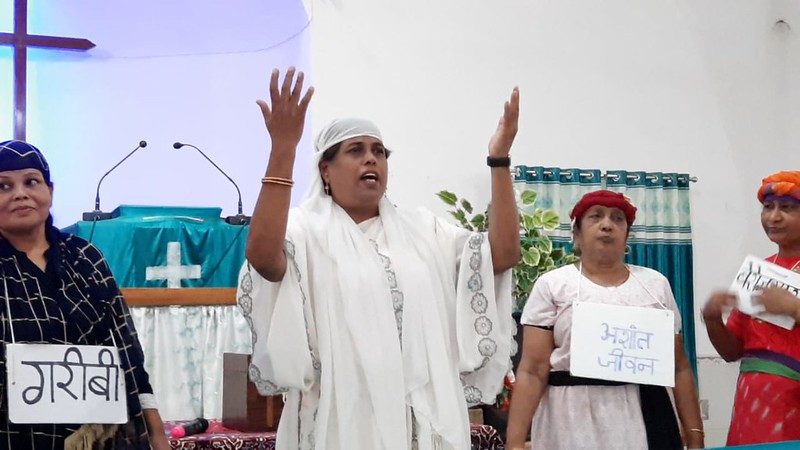-
Peace Sunday 2024 – Activities
2 Corinthians 4:7 describes the gospel as a “treasure” in “clay jars.” These humble vessels bring to mind the Japanese tradition of kintsukuroi that creates (or recreates) pottery from broken pieces. Damaged vessels are put back together, often with gold binding, to create a useful object once again. The new piece tells a story about…
-
The mosaic of Scripture and of the church
Peace Sunday 2024 Teaching resource Reading Scripture has always been at the heart of the church’s life, but from early on, different ways of reading and understanding have led to conflict and division. What is Scripture? Already in the early centuries several movements arose with differing claims about the meaning of the Gospel and how…
-
Interconnected family celebrates peace
Peace (English) – Paix (French) – Amani (Swahili) – Mirembe (Luganda): children at a Uganda Mennonite church wrote “Peace” in multiple languages. (See photo below.) Each year, the Peace Commission prepares a worship resource for Peace Sunday. Organized around a new theme each year, the package includes a Scripture focus, prayers, an activity and a…
-
Peace Sunday 2023 – Liturgies
Opening prayer Proclaim the Dawn of God’s Reign This is what the Lord, the God of Israel says: “Let my people go so that they can hold a festival for me in the desert” (Exodus 5:1). Out of the house of slavery, through troubled waters, into the wilderness a new people is born; You are…
-
Third peace conference brings faith and peace together
“There’s something in the water among Mennonite theologians and peace building scholars and practitioners…around the decolonial project that people are drinking from now that is interesting and quite good,” says Andrew Suderman. The Eastern Mennonite University (EMU) professor and secretary of Mennonite World Conference’s Peace Commission organized the third Global Mennonite Peacebuilding Conference and Festival…
-
Peace Sunday 2023 – Teaching resources
Being a family: redrawing the images and borders While he was still speaking to the crowds, his mother and his brothers were standing outside, wanting to speak to him. Someone told him, ÒLook, your mother and your brothers are standing outside, wanting to speak to you.Ó But to the one who had told him…
-
Peace Sunday 2023 – Activities
Community Mapping Creating a social “family” tree Purpose: to highlight the many and broad social connections that we as communities of faith have. Hopefully this result in a beautiful, wide, vibrant and colourful tree that expands across the wall, highlighting the many connections the church community has. With permission, send your story and photo…
-
Membership Application: Global Anabaptist Peace Network (GAPN)
The Global Anabaptist Peace Network (GAPN) is a network that seeks to connect and support peace organizations (agencies, schools, training programs, research projects, think-tanks, activist-focused initiatives, activists, scholars) that have emerged from and serve our global Anabaptist church communion. Our hope is to provide a supportive community as we work together at making our world a…
-
Time to correct the page
“Indigenous solidarity hits the heart of what we do in the Philippines with Coffee for Peace,” says Joji Pantoja, chair of the Peace Commission (2015-2022). The Peace Commission drafted a Statement of Solidarity with Indigenous Peoples that was accepted by the Mennonite World Conference General Council in 2018.
-
Jesus’ message of resilience and liberation
Reading: Matthew 5:3-20 In June 1981, our family moved to Cochabamba, Bolivia, where my parents were to teach in a Baptist seminary that wanted more Anabaptist input. We arrived at a particularly raucous point in Bolivian history. In July 1980, Luis García Meza, a commander of the Bolivian army, led a coup d’etat, initiating a…
